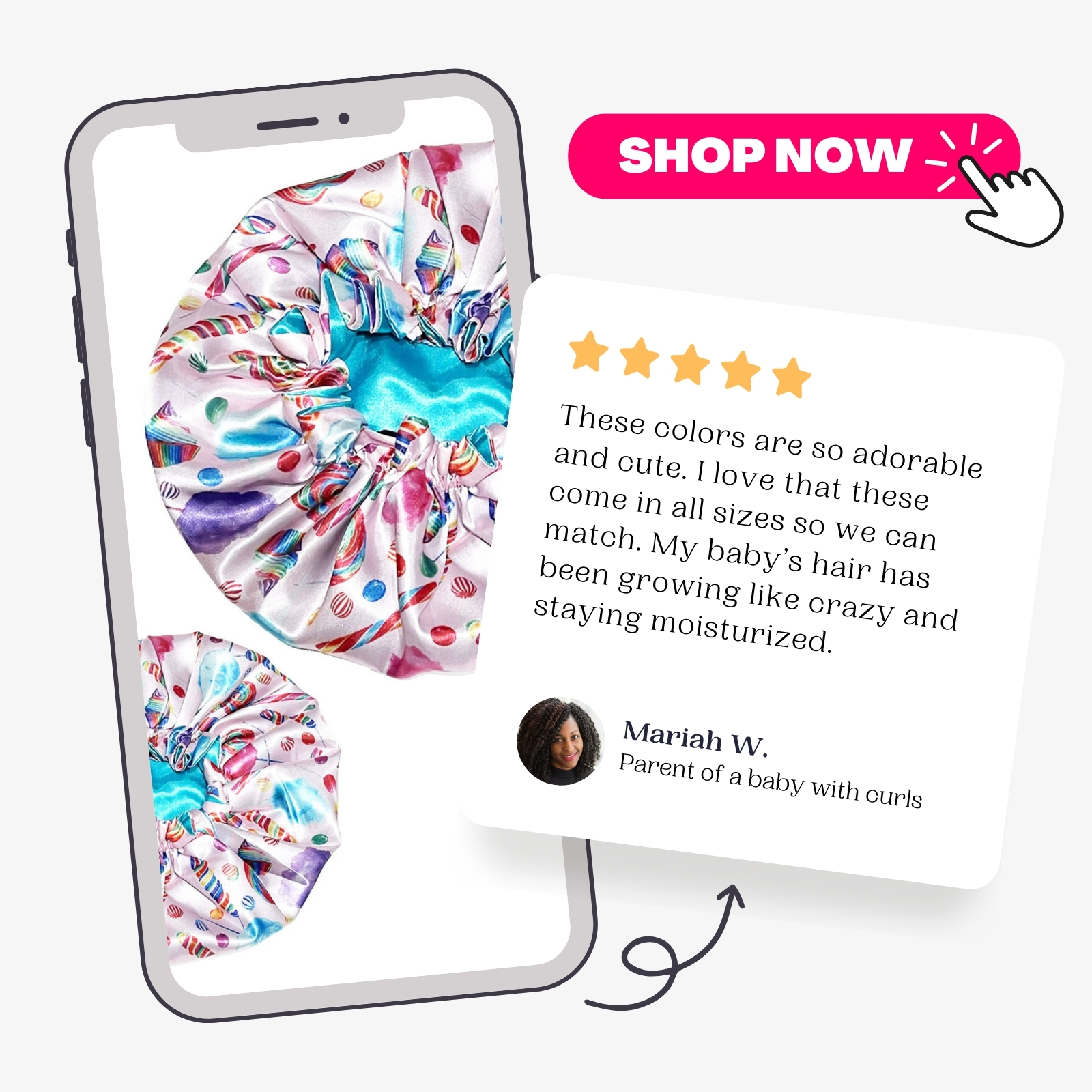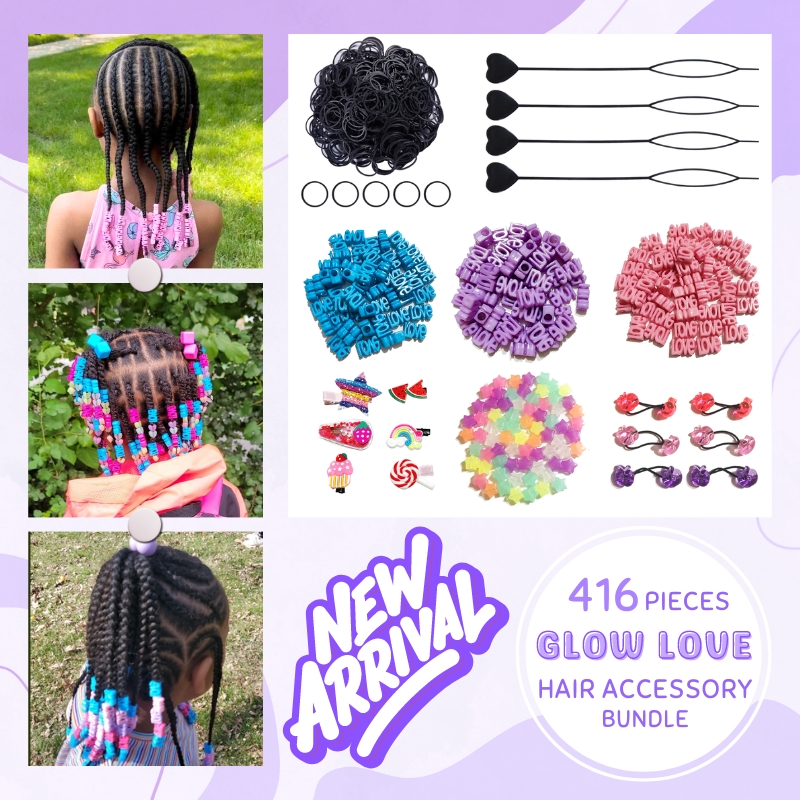
Glossary
Big Chop
The first time you cut off the relaxed/permed ends of your hair leaving just the natural hair
Clarify
Washing your hair and scalp to remove product build-up, dirt and oils that may be clogging your hair follicles
Co-wash
Colloquialism for conditioner washing – the process of washing hair with conditioner not shampoo. also known as “no ‘poo”
Dusting
The act of trimming your ends – usually no more than a 1/4 inch
Essential Oils
An essential oil is a liquid that is generally distilled by steam or water from the leaves, stems, flowers, barks, or roots of a plant. Once extracted, the oils can be used for skin treatment, mood enhancement and/or health benefits. Some essential oils include: Eucalyptus, Lavender, Peppermint and Tea Tree.
EVOO
Extra Virgin Olive Oil
JBCO
Jamaican Black Castor Oil
LOC Method
Acronym for Leave-In, Oil, Cream. The name signifies the order in which products should be applied to the hair. This layering of products ensures maximum moisture retention by using oils and butters to seal moisture in.
Manipulation
Brushing, combing, detangling or styling your hair are all forms of manipulation. The less you manipulate your hair, the less breakage you will incur
Moisture
Moisturizing your hair helps it keep its elasticity and prevents breakage. The purest form of moisture is water but moisture-based products also help to add moisture back to the hair.
Natural Oils
Natural oils are great for sealing in moisture. Examples are JBCO, coconut oil and EVOO.
Parabens
Parabens (Butyl, Ethyl, Methyl, and Propyl) are the most commonly used preservative in shampoos, conditioners, and other styling products. The antimicrobial properties of these chemicals help to extend the shelf life of most cosmetics and personal care products by two to three years. Parabens have long been considered safe — but a few recent studies have suggested that these chemicals may actually lead to breast cancer. The validity of these studies have been challenged due to the lack of experimental evidence, but such alarming claims continue to be the subject of further investigation.
Porosity
Your hair’s ability to absorb and hold moisture. The more porous a strand is, the more quickly moisture will be absorbed into the cuticle.
Pre-poo
Pre-poo is the abbreviation of the word pre-shampoo. A pre-shampoo is a treatment applied to the hair before shampooing/washing. Pre-poo treatments can be done with oil or with a conditioner.
Product Junkie (PJ)
A product junkie (or pj) is someone who buys a lot of hair products even if they already have a hair regimen that works well for them.
Protective styling
Any hairstyle that protects the ends of your hair from breaking and over exposure to harsh elements. Protective styles prevent manipulation of the hair thus encouraging length retention. Protective styles include two-strand twists, flat twists, cornrows, braids, buns, up-dos, wigs, weaves, etc
Protein
Protein gives the hair its structure and strength. A strand of hair is composed of mostly protein, which means your hair needs protein to grow. Adding protein to your diet and/or hair care regimen combats excess shedding and breakage. However, you only need a little protein so always aim for adding protein to your diet vs. directly to the hair. Direct protein treatments can often be too much for our hair.
Regimen
A systematic plan designed to improve and maintain the health of your hair.
Sealing
Sealing is the process of locking moisture into the hair shaft. The first step is either to spritz water or apply a water-based product to the hair. A sure fire way to determine if a product is water-based is if it has water or H2O as the first ingredient. Then seal in this moisture with a natural oil.
Shrinkage
The appearance of shorter hair due to your curls tightening. This usually happens when natural hair is wet or styled in a way that does not elongate your curls (i.e. Wash ‘n’ Go). when in a shrunken state natural hair tends to tangle more as the curls are compacted together
Slip
Slip is the term most naturals use when they are discussing products that help detangle their hair (mostly conditioners). If a product has AWESOME detangling properties, meaning the consistency of the product helps to loosen tangles along hair strands, then you will hear someone say, “this product has great slip!”
Stretching
The process of elongating your curls to its maximum length. This can be achieved by either banding your hair with elasticated hair bands or styling the hair using twist outs, braid outs, bantu knots, braids etc
Sulfates
Sodium Lauryl/Laureth Sulfate (SLS) or “Sulfates” is a detergent used in most shampoos, shaving creams, and bubble baths for its cleansing and foaming properties. Like most harsh detergents found in your shampoo, sulfates strip the hair of its natural oils — often leaving it dry and brittle. Sulfates may also cause eye irritation, skin rashes, and other allergic reactions.
Transitioning
Transitioning is the process of eliminating chemical treatments and allowing the hair to grow out while gradually trimming the chemically processed ends.
TWA
An acronym for Teeny Weeny Afro, a popular term among naturalistas who cut off the relaxed ends of their hair leaving just the natural hair which usually results in short hairstyle. A TWA may range in length from 1/2 inch (or shorter!) to approximately 2 inches.
Twist Out
A very popular natural hairstyle achieved by parting the hair into sections and two-strand twisting each section with a styling product like butter, gel or a mixture of both. this style can be achieved on both wet and dry hair
Wash N Go
A natural hairstyle achieved by washing the hair and applying product, usually gel, immediately after. The product holds the natural curl in place. The term wash ‘n’ go represents the speed in which the style can be achieved. The style is more popular and successful with naturals that have curly or coily hair textures.





Pingback: Basic Regimen | Von Vibe